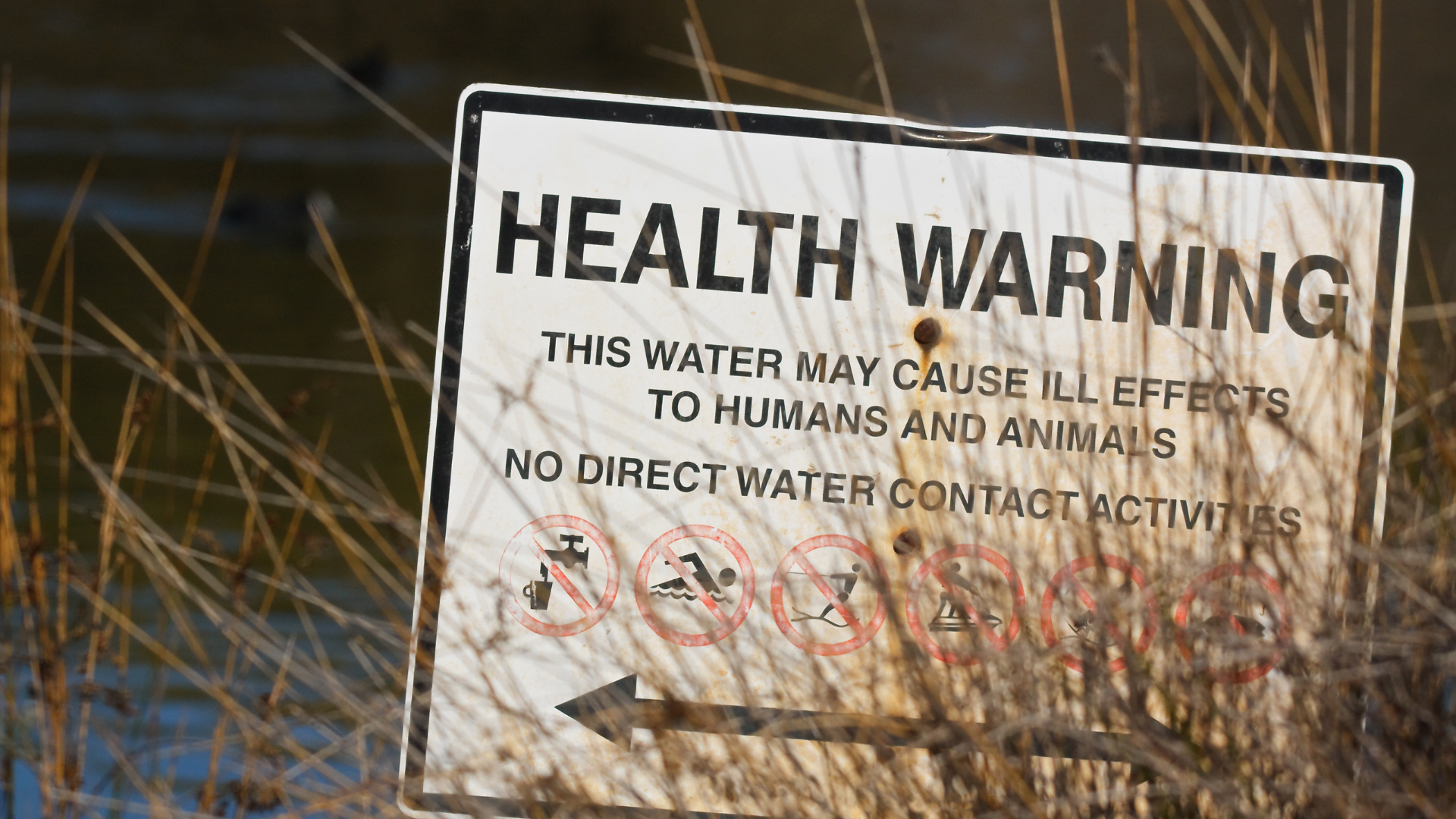What the EU’s Pharmaceutical Strategy could mean for sustainability

A blog post by Jean-Yves Stenuick, Pharmaceuticals Policy & Projects Officer – HCWH Europe
The EU’s Pharmaceutical Strategy for Europe holds significant potential to drive sustainability in the pharmaceutical sector – and is an opportunity not to be missed.
Released by the European Commission on 25 November 2020, the new strategy is a blueprint for the EU’s actions in the area of pharmaceuticals in the years to come. Its key goal is to create a future-proof pharmaceutical regulatory framework and support the industry in research and technologies that benefit patients and fulfil their therapeutic needs whilst also addressing market failures.
In alignment with the European Green Deal (particularly the zero-pollution ambition for a toxic-free environment), the strategy also aims to reduce the impact of pharmaceutical substances on the environment and pave a way for the pharmaceutical industry to contribute to climate neutrality in the EU, with a focus on reducing greenhouse emissions along the value chain.
The environmental impact of pharmaceuticals
 Pharmaceuticals can enter the environment throughout their life cycle and have a negative impact on human, animal, and environmental health. They can drive the development of antimicrobial resistance (AMR) and have harmful effects on ecosystems. There is specific evidence of this, such as renal failure in vultures, impaired reproduction in fish, and inhibited growth of aquatic species.
Pharmaceuticals can enter the environment throughout their life cycle and have a negative impact on human, animal, and environmental health. They can drive the development of antimicrobial resistance (AMR) and have harmful effects on ecosystems. There is specific evidence of this, such as renal failure in vultures, impaired reproduction in fish, and inhibited growth of aquatic species.
The pharmaceutical industry also contributes significantly to the global climate footprint and is more emission-intensive than the automotive industry. The healthcare sector itself represents 4.7% of the EU28’s total emissions, with the majority (75%) coming from the healthcare supply chain i.e. production, transport, and disposal of goods and services, including pharmaceuticals.
As the second largest market in the world for pharmaceuticals, the EU has a significant responsibility to take measures to reduce harm to our health and our environment. The EU’s new Pharmaceutical Strategy acknowledges the need to reduce resource use, carbon emissions, and pharmaceutical residues in the environment throughout the lifecycle of medicines – with the overarching goal to minimise and reduce overall exposure.
As the second largest market in the world for pharmaceuticals, the EU has a significant responsibility to take measures to reduce harm to our health and our environment.
The Pharmaceutical Strategy proposes to ensure greater transparency across the global manufacturing chain. Currently tracing the origin of the active pharmaceutical ingredients (APIs) in medicinal products is almost impossible – this lack of transparency prevents proper scrutiny of the environmental and human rights risks involved in the pharmaceutical industry’s manufacturing processes.
Through international and bilateral cooperation, the European Commission will further encourage actions to address the environmental risks associated with the manufacture of pharmaceuticals outside of Europe. It will also encourage inspections to improve compliance and will conduct a review of the good manufacturing practice (GMP) framework that should assess the extent to which AMR could be addressed.
The review of this framework comes at an interesting time – the World Health Organization recently published a document for manufacturers and inspectors on the environmental aspects of manufacturing for the prevention of AMR. This document aims to provide guidance on how GMP should be implemented in waste and wastewater management in the production of antimicrobials.
Environmental risk assessments
 The Pharmaceutical Strategy for Europe also proposes to strengthen the environmental risk assessments (ERAs) of human medicinal products. Because there are no penalties for non-compliance, pharmaceutical companies do not prioritise ERAs in marketing authorisation – between 2011-2012, 37% of ERAs were submitted late and 83% were missing or of unsatisfactory quality.
The Pharmaceutical Strategy for Europe also proposes to strengthen the environmental risk assessments (ERAs) of human medicinal products. Because there are no penalties for non-compliance, pharmaceutical companies do not prioritise ERAs in marketing authorisation – between 2011-2012, 37% of ERAs were submitted late and 83% were missing or of unsatisfactory quality.
In a non-binding resolution, the European Parliament recently called for ERAs to be included in the benefit-risk assessment of medicines for human use, provided that marketing authorisations are not delayed or refused solely on the grounds of adverse environmental impacts. This would be a milestone in emphasising the importance of ERAs.
Finally, in the Pharmaceutical Strategy the European Commission proposes to engage with Member States and stakeholders in developing best practice for decarbonising value chains. This is an important step that would align pharmaceutical regulation with the New Industrial Strategy for Europe that seeks to put EU industry on the path to climate neutrality by 2050.
The European Commission also recognises that to achieve efficient and sustainable health systems, pharmaceutical waste must be minimised. That is why it will consider developing further measures limiting such waste, including the reduction of pack sizes and their alignment to real use, in line with its 2019 Strategic Approach to Pharmaceuticals in the Environment.
Sustainability in the pharmaceutical sector
There is cautious optimism around the Pharmaceutical Strategy – it is high time for strong legislative framework that increases transparency in the pharmaceutical supply chain, regulates the environmental release of pharmaceutical residues across their life cycle, and updates the guidelines on ERAs.
Going forward, the EU should include ERAs in the risk-benefit analysis of human medicinal products, assess environmental risks for medicines authorised without an ERA (starting with a group of highest priority), and ensure that ERAs address all environmental risks, including those of manufacturing discharges and their cumulative impact on the environment and human health.
At this critical time, it is now more important than ever for the healthcare sector to be vocal in demanding change by leveraging their influence to ensure that the measures proposed in this Strategy reach their full potential.
The Pharmaceutical Strategy has the potential to drive sustainability in the pharmaceutical sector. It is a step forward that should be celebrated but the scope and ambition of the initiatives it includes largely remain to be assessed. At this critical time, it is now more important than ever for the healthcare sector to be vocal in demanding change by leveraging their influence to ensure that the measures proposed in this Strategy reach their full potential.
If you would like to find out more about how you could get involved in advocating for legislative measures that would protect human, animal, and environmental health from the harm caused by the production, consumption, and disposal of pharmaceuticals, please contact Jean-Yves Stenuick, HCWH Europe’s Pharmaceuticals Policy and Projects Officer.
